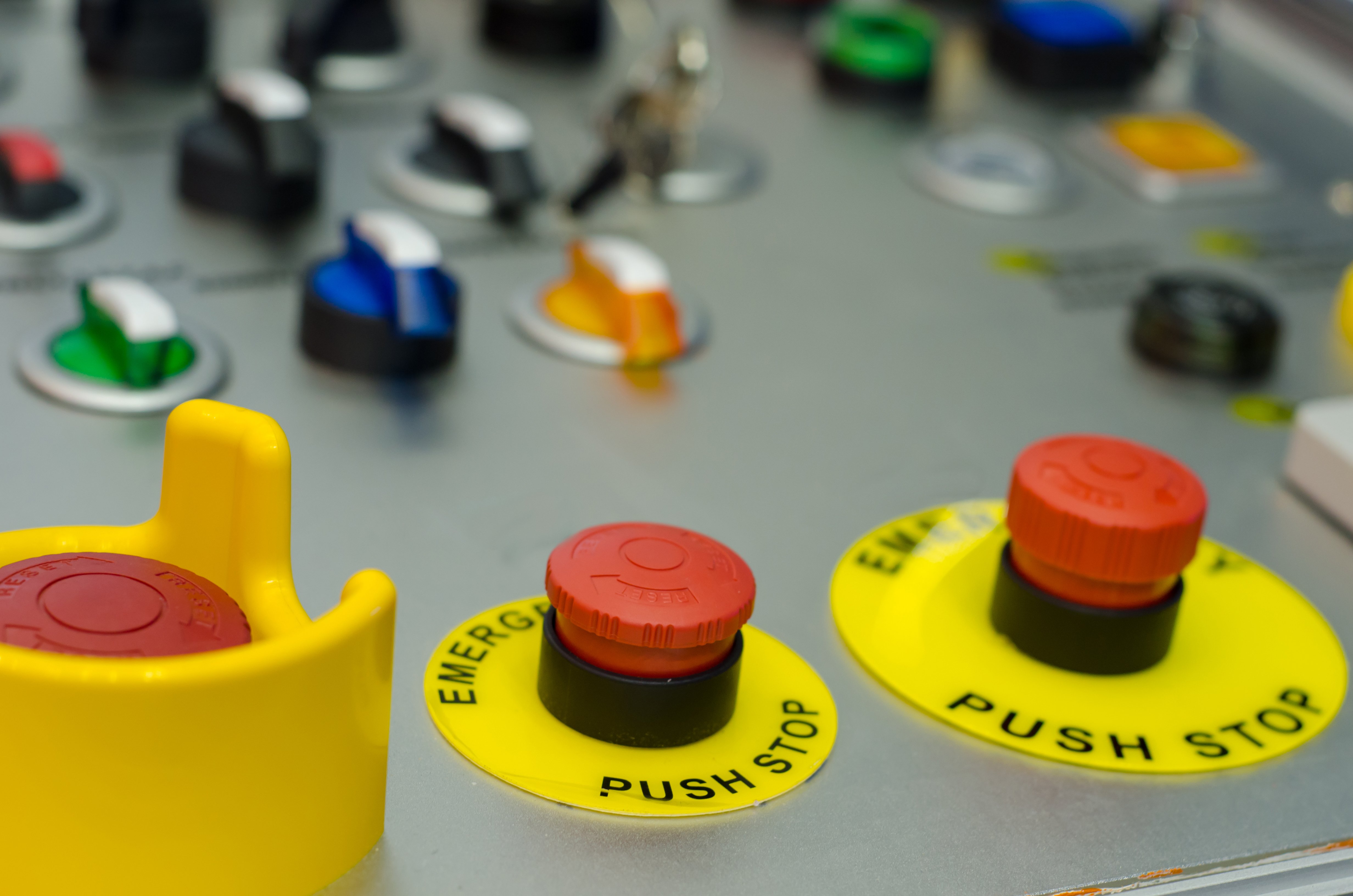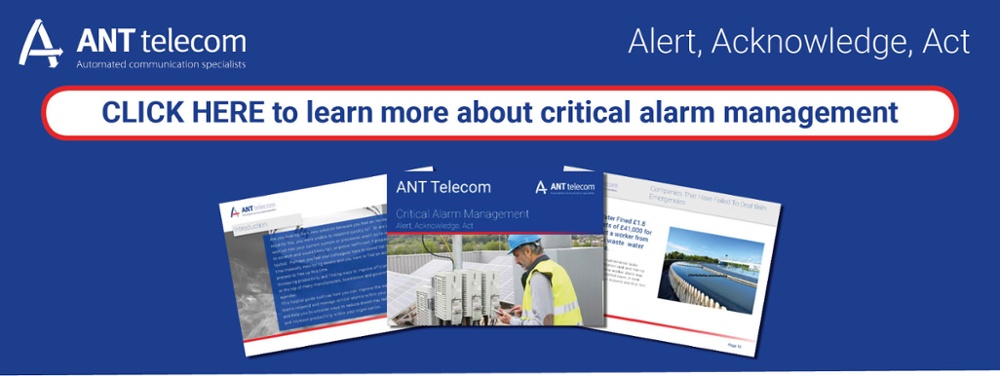 When a critical incident occurs, it requires staff to maintain a continuous overview of events in order to get the situation resolved in a timely manner with minimal risk to operations. This is typically referred to as ‘crisis management’. Failure to adequately deal with a critical incident can lead to a number of consequences depending on the exact scenario, including but not limited to production downtime, loss of earnings and potential physical danger to employees. However, if an incident is managed effectively, its effects will be lessened and an organisation will be able to learn from prior mistakes and improve the manner in which they operate, preventing the situation from occurring again.
When a critical incident occurs, it requires staff to maintain a continuous overview of events in order to get the situation resolved in a timely manner with minimal risk to operations. This is typically referred to as ‘crisis management’. Failure to adequately deal with a critical incident can lead to a number of consequences depending on the exact scenario, including but not limited to production downtime, loss of earnings and potential physical danger to employees. However, if an incident is managed effectively, its effects will be lessened and an organisation will be able to learn from prior mistakes and improve the manner in which they operate, preventing the situation from occurring again.
In order to make sure that a critical incident is noticed and dealt with promptly, most organisations will have a dedicated team of employees who will monitor an alarm system and either directly deal with problems as they arise or notify specialist staff. This ‘crisis management team’ will typically be situated in a control centre or service desk area, from where they can coordinate efforts to deal with the problem. The team will be the first point of contact for an incident report or alarm notification and will be responsible for monitoring the incident through to its resolution.
An effective crisis management plan involves several factors that work in concert to deal with an incident. The first is identifying the incident and mounting a timely response with the right staff for the job (also known as a response team). Senior staff need to be notified and be kept updated. It is important to limit communications to key personnel only in order to keep information relevant.
However, by their very nature, crises are unpredictable and can cause confusion and panic amongst staff, slowing down their reaction times or causing improper decisions to be made. Stress and lack of information can also cause incorrect information to be relayed to key decision makers, causing further problems and delaying resolution of the issue. The longer this goes on, the more risk is posed to our organisations and the larger the impact on day to day operations. In order to ensure that the crisis is not allowed to spiral out of control and impact on other areas of the business, we need to ensure that the response is mounted as fast as possible and that information being passed back and forth is kept relevant. This is where automation can help.
Upgrading existing crisis management systems to use a critical alarm management system is the most comprehensive way to handle this. This automated system effectively bolts on to existing systems and can be configured to interface seamlessly with processes that are already in place. This means that there is no disruption to the crisis management team themselves, with their efforts able to be concentrated on actually handling the problem and the computerised system handling the menial work.
The critical alarm management system acts as a first point of contact between the person flagging the issue and the organisation at large, being able to instantly differentiate between high and low priority alarms so that the crisis management team is not overwhelmed by smaller tasks and are thus unable to quickly respond to a serious problem. The system is also able to a response in motion before the crisis management team can begin to tackle the issue, usually via notifying response teams via a messaging service (e.g. text, app, phone call or email). This lessens the lag time between an alarm being raised and a response being mounted, substantially reducing associated downtime and risk. Furthermore, if confirmation is not received from the relevant response team within an approved time limit, the system will then escalate the alarm to senior staff, making sure it is dealt with.
This communication between the system and employees on the ground follows a pre-set pattern, allowing them to be updated about the wider situation and provide succinct and relevant information in return. This speedy and efficient communication both enables a more effective response from staff and ensures that in the event of an accident or serious safety breach, workers are able to keep out of danger. This is especially the case for lone, isolated employees, who need to be especially careful of any safety considerations regarding a critical incident. As the situation continues to progress, the critical alarm management system will keep the crisis management team and senior staff abreast of what is happening via notifications. This means that managers can easily get up to speed on events and make properly informed decisions without having to rely on staff members to relay vital information.
Want to learn more about critical alarm management? Read more HERE >
A proper crisis management plan also puts a heavy emphasis on analysing the incident after it has been resolved and drawing lessons from it. A critical alarm management system makes this relatively straightforward by ensuring that all the relevant information is centralised in one place and is readily available for review. This enables employees to easily account for their actions during the incident and can flag up areas where there is room for improvement. By taking this information into account, companies can update their incident response plans and modify their operations procedures, leading to greater efficiency and less chance of the incident reoccurring in the future.
By upgrading our existing crisis management systems to incorporate a critical alarm management system, we can ensure that serious incidents are responded to quickly. This speed extends to disseminating information to staff effected by the problem and making sure that relevant managers are kept in the loop. Whilst automation by no means replaces the human side of coordinating an effective response to a critical incident, it does free up crisis management teams to worry about the more detailed and technical aspects of implementing a resolution, rather than allowing them to become bogged down with micromanaging the response staff and relaying information to management. By speeding up the resolution of incidents, the system improves efficiency for the organisation itself and improves the safety of employees.





